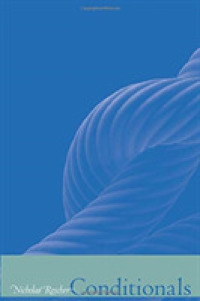- ホーム
- > 洋書
- > 英文書
- > History / World
Full Description
How does architecture make its appearance in civil society? Constitutional Modernism pursues this challenging question by exploring architecture, planning, and law as cultural forces. Analyzing the complex entanglements between these disciplines in the Cuban Republic, Timothy Hyde reveals how architects joined with other professionals and intellectuals in efforts to establish a stable civil society, from the promulgation of a new Cuban Constitution in 1940 up until the Cuban Revolution.
By arguing that constitutionalism was elaborated through architectural principles and practices as well as legal ones, Hyde offers a new view of architectural modernism as a political and social instrument. He contends that constitutionalism produced a decisive confluence of law and architecture, a means for planning the future of Cuba. The importance of architecture in this process is laid bare by Hyde's thorough scrutiny of a variety of textual, graphical, and physical artifacts. He examines constitutional articles, exhibitions, interviews, master plans, monuments, and other primary materials as acts of design.
Read from the perspective of architectural history, Constitutional Modernism demonstrates how the modernist concepts that developed as an international discourse before the Second World War evolved through interactions with other disciplines into a civil urbanism in Cuba. And read from the perspective of Cuban history, the book explains how not only material products such as buildings and monuments but also the immaterial methods of architecture as a cultural practice produced ideas that had consequential effects on the political circumstances of the nation.
Contents
Contents
Abbreviations
Introduction: Constitutionalism and Civil Society
I. Constitution
1. The Idealized Republic: The Constitution of 1940
2. Better Cities, Better Citizens: The Political Function of Planning
3. A Perfect Structuring: Representing the Nation as Plan and Purpose
II. City
4. Public Works: Constructing the Urban Spaces of Civil Society
5. Master Plans: The Retrospective Order of the Plan Piloto de la Habana
6. Historic Districts: The Regulation of the Past in Habana Vieja
III. Monument
7. The Experience of Civic Conscience: Designs for the Monumento a MartÍ
8. The Prospect of cubanidad: Figural Forms and the Palacio de las Palmas
Epilogue: Futures of Constitutional Modernism
Acknowledgments
Notes
Bibliography
Index
Abbreviations

![イジめてごっこ。[ばら売り]第16話[黒蜜] 黒蜜](../images/goods/ar2/web/eimgdata/EK-1255304.jpg)






